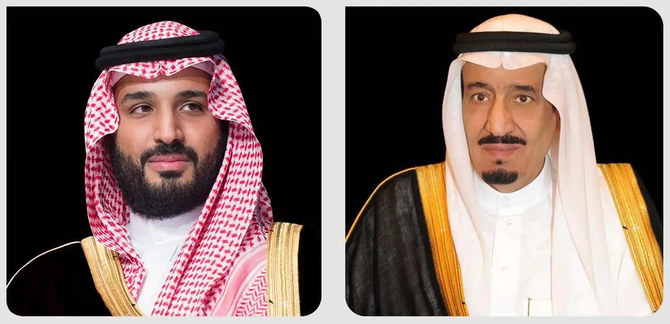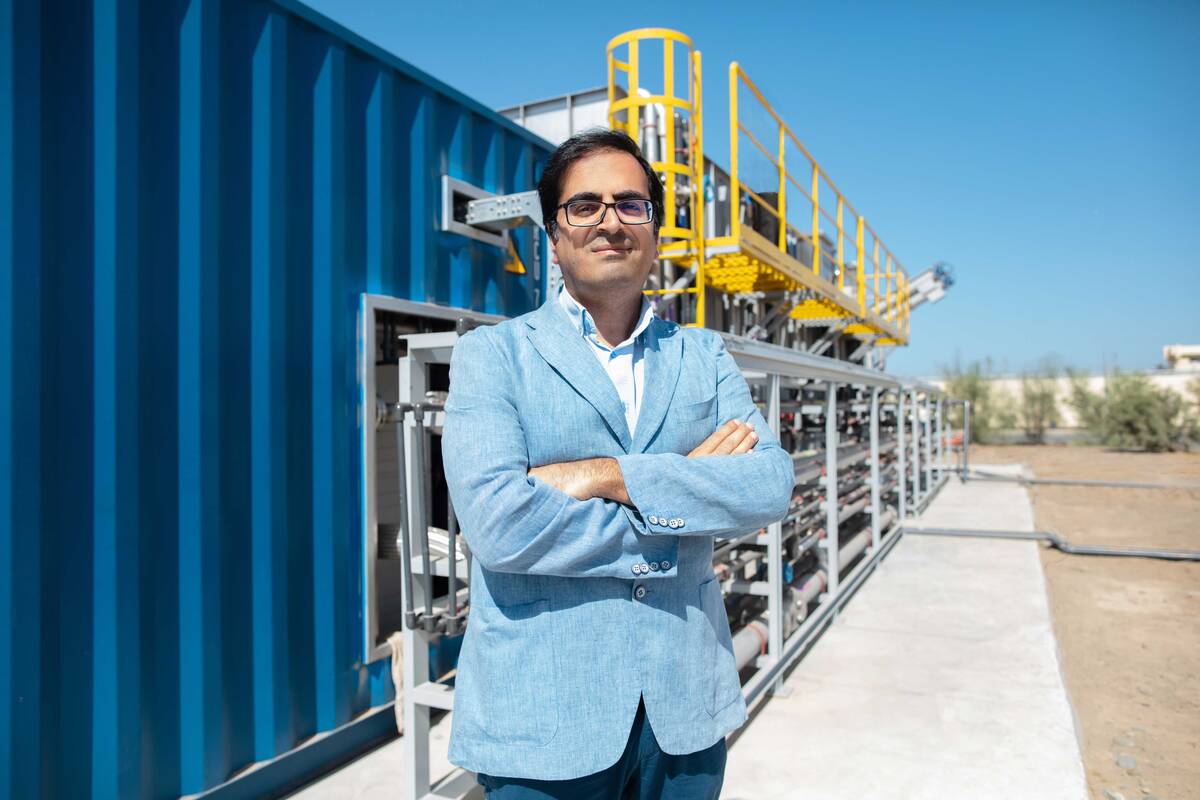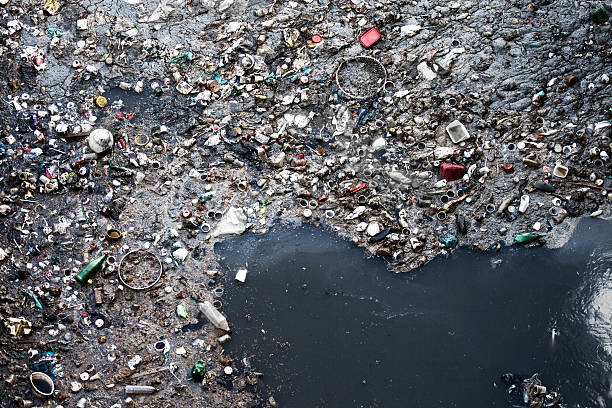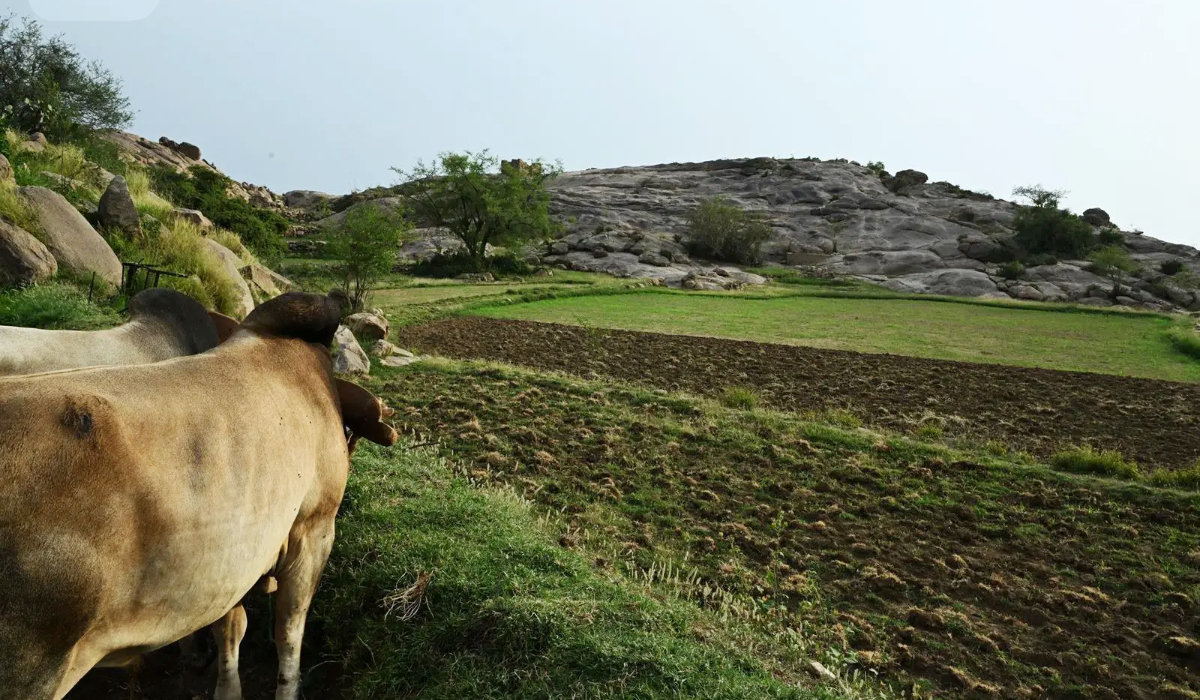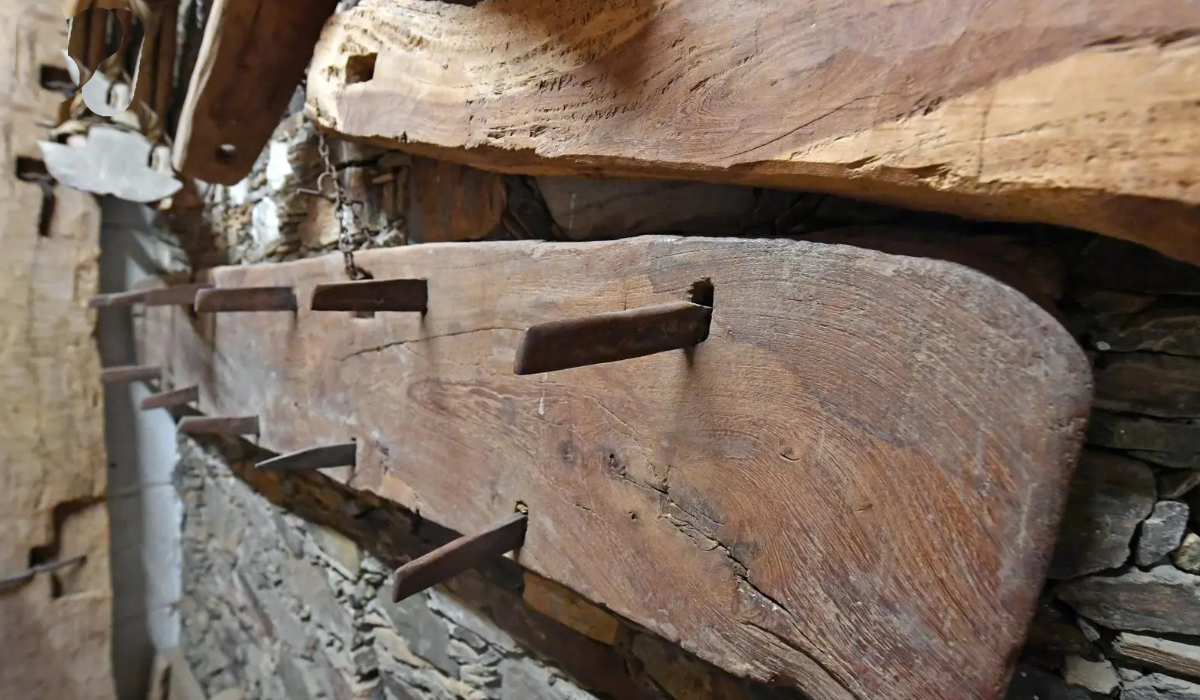RIYADH: Bahrain’s King Hamad on Friday congratulated Saudi Arabia’s King Salman on the occasion of the Kingdom’s 93rd National Day.
King Hamad sent a telegram in which he highlighted the depth of the historically close fraternal relationship between the two kingdoms and their peoples, and affirmed his country’s constant, keen desire to continue to strengthen and develop their strong bonds and fruitful cooperation, in light of the strong strategic partnership that binds them.
He praised the Kingdom’s efforts, led by King Salman and Crown Prince Mohammed bin Salman, to boost development and economic prosperity in the region in a way that promotes security, stability, peace and prosperity, to help build a better future for generations to come.
Bahrain’s Crown Prince Salman bin Hamad sent two telegrams, to the Saudi king and crown prince, in which he congratulated them on National Day, which marks the founding of Saudi Arabia by King Abdulaziz on Sept. 23, 1932, and expressed his country’s desire to continue to build on their existing cooperation.
UAE President Sheikh Mohammed bin Zayed Al-Nahyan has sent messages of congratulations on the occasion to King Salman and Prince Mohammed bin Salman.
Sheikh Mohammed bin Rashid, Vice President and Prime Minister of the UAE and Ruler of Dubai, also dispatched a similar message to the Saudi leaders.
Sheikh Nawaf Al-Ahmed Al-Jaber Al-Sabah, the emir of Kuwait, sent a message of congratulations to King Salman, in which he noted the depth of the relationship between their countries and the firm positions taken by the Kingdom on issues affecting all Arab and Islamic nations, including Kuwait.
He also expressed pride in the outstanding development of the Kingdom in a number fields during the king’s reign, which he said had raised the nation’s status and profile internationally.
He expressed his best wishes for further progress and prosperity for Saudi Arabia under the leadership of the king and with the support of the crown prince.
Kuwait’s crown prince, Sheikh Mishal Al-Ahmed Al-Jaber Al-Sabah, and Prime Minister Sheikh Ahmed Nawaf Al-Ahmed Al-Sabah sent similar messages congratulating the king and praising the development and achievements of the Kingdom at all levels.
Qatar’s emir, Sheikh Tamim bin Hamad, sent a similar message of congratulations to King Salman, as did the country’s deputy emir, Sheikh Abdullah bin Hamad, and its minister of foreign affairs, Sheikh Mohammed bin Abdulrahman bin Jassim.
Sultan Haitham bin Tariq of Oman congratulated King Salman on the occasion of National Day, and expressed his sincere best wishes for the ruler’s good health, happiness and long life, together with further progress and prosperity for the Saudi people. Jordan’s King Abdullah II also sent a telegram to the king in which he expressed his sincere congratulations.
Iranian President, Ebrahim Raisi took to X (formerly Twitter) to congratulate Saudi Arabia: “We congratulate Saudi Arabia on its National Day and hope to develop relations in all fields.”
Adel Al-Asoumi, the speaker of the Arab Parliament, which is the legislative body of the Arab League, congratulated the Saudi king and crown prince, saying: “On this day, we remember the epic unification carried out by the late founding king, which was a starting point and a construction process that was passed down through generations in the Kingdom to build a modern state based on strong and solid foundations, during which the Kingdom took the lead in many fields.”
National Day marks the culmination of a process of construction and development through which the Kingdom has achieved a comprehensive economic renaissance that has helped to raise the standard of living of its citizens, he added.
Al-Asoumi also noted the mega projects in development in the Kingdom that are helping to place the country among the ranks of developed nations, as well as the great efforts made by the Saudi leadership to strengthen its position and maintain security and stability in the region as part of its effective regional and international role.


